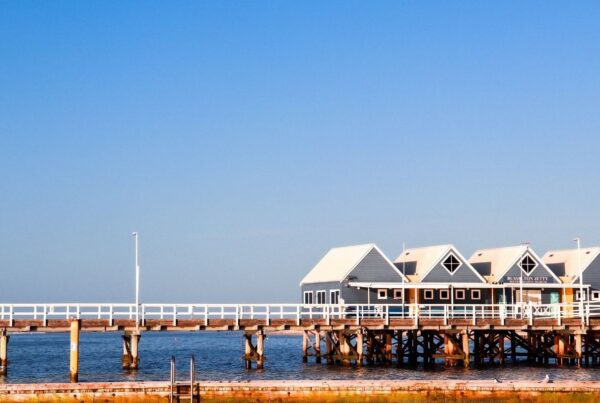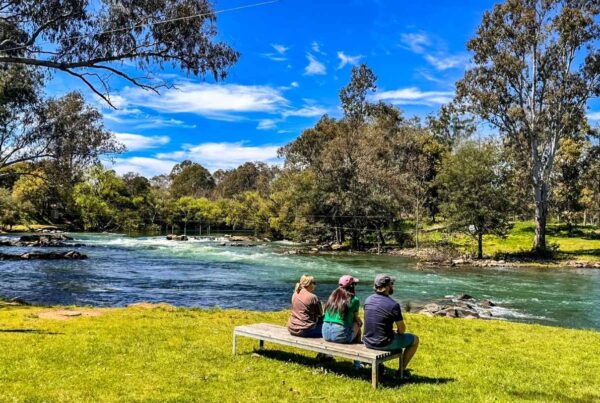Beautiful nature, something precious we all love. On World Heritage Day we celebrate our past legacy, what we live with today and what we pass on to our future generations. We are lucky here in Australia to have many beautiful sites that are irreplaceable sources of life and inspiration.
One of these just happen to be in proximity to a Breeze Holiday Parks.
Kakadu, Northern Territory
Head up north to the beauty that is Kakadu, a living cultural landscape with exceptional natural and cultural values. Inscribed into World Heritage in three stages from 1981.
Kakadu has been home to First Nations people for over 50,000 years, and many of the park’s rock art sites date back thousands of years. The art provides a window into human civilisation. Showing social structure, hunting and gathering practices. As well as ritual ceremonies dating to the days before the last ice age.
Kakadu preserves the greatest variety of ecosystems in Australia. With areas of open forest, floodplains, coastal areas, mangroves and savanna woodlands. The beauty of this area includes spectacular scenery of arresting beauty, and escarpments up to 330 metres high.
Must see places:
- Motor Car Falls – Accessible nearly all year round, this small pristine waterfall is still a hidden gem. Despite it being heavily photographed and featured for its natural beauty.
- Gunlom Falls – Reopening for the first time in 6 years to the public. Its cascading waters and pristine plunge pool are a highlight of Kakadu.
- Nanguluwurr Rock Art – Tucked away at the end of a 1.7km walk, you’ll be transported back in time. You will see powerful depictions of ancestral spirits, animals and early depictions of contact between First Nations and Europeans.






